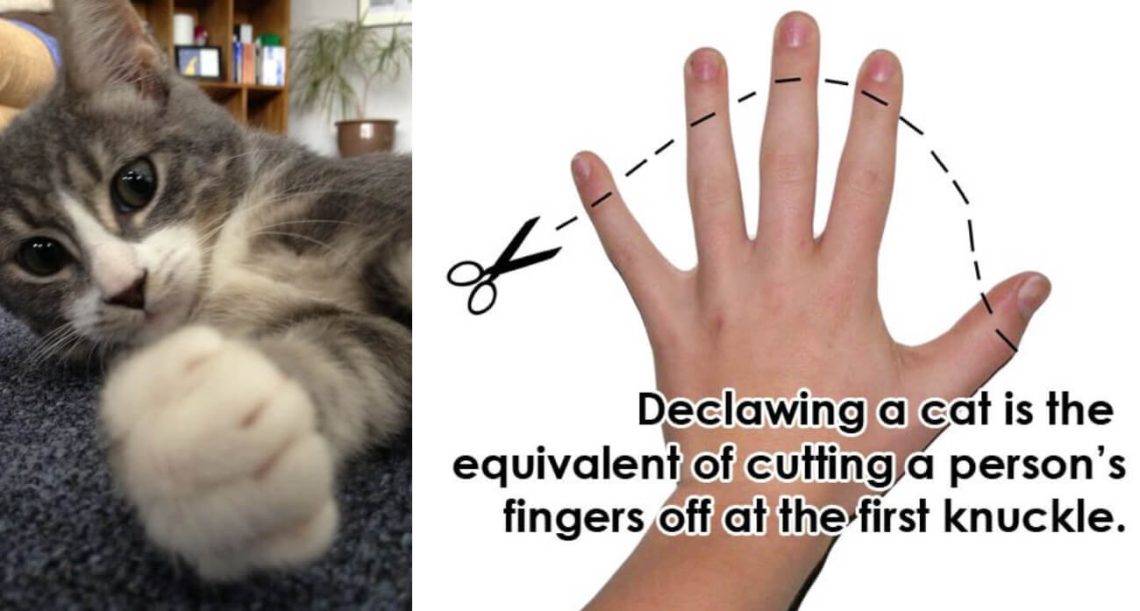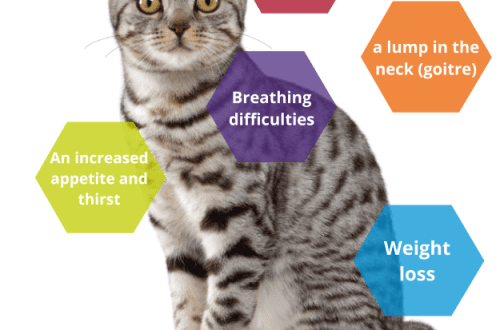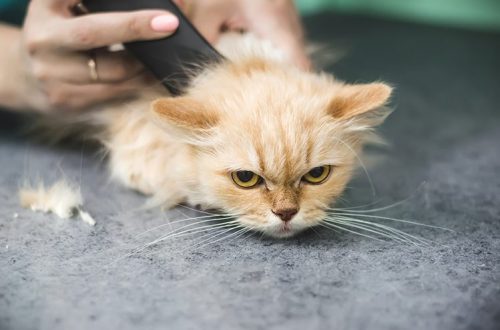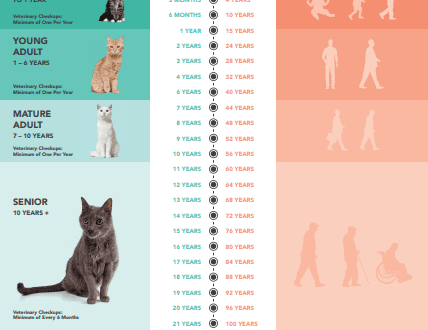
Cat declawing
Owners of kittens and cats often face the problem of sharp claws, which subsequently cause a lot of inconvenience to the owners themselves. Cats sharpen their claws instinctively, and it is simply impossible to wean them from this. Some especially sensitive owners choose an alternative and rather controversial method of solving the problem – cat declawing surgery.
Why do cats have their claws removed?
This surgery is called an onychectomy. With its help, cats remove not only claws, but also ungual phalanges. The operation is irreversible, so they resort to it in rare cases:
if the cat behaves very aggressively, especially with children;
with neoplasms or severe damage to the claw and phalanx, etc.
Pros and cons of declawing
Removing the claws of cats is a painful and brutal operation. During it, with the help of a scalpel or a laser, the fingers are shortened to the animal, removing the extreme phalanges and claws. One of the advantages of such an intervention is the removal of an infection or tumor from the nail bed. The second plus is the safety of the furniture and the absence of scratches in the household. But in any case, you can find another, more humane way to preserve property.
The disadvantages of the operation include:
deterioration in the health of a cat after general anesthesia;
exacerbation of her chronic diseases;
severe stress and deterioration in the quality of life of the pet, because. the operation interferes with the natural instinctive behavior of cats;
infection in the wound and other postoperative complications, incl. chronic pain syndrome;
cats after removal of claws cannot walk on the street.
It takes at least a month for the paws to heal after surgery.
Consequences of declawing
Scratching and clawing are natural behaviors for cats. And with their help, they take care of themselves: claws remove dead skin cells and hair, prevent it from tangling and make the hair waterproof. By frequent scratching, the cat stretches the muscles after waking up. Claws are primarily a feline defense against enemies.
Without direct evidence, onychectomy is unethical. An operation without anesthesia poses a risk to the health and life of the animal. The following consequences are possible:
Removal of a large area of the finger with a pad due to the incorrect position of the scalpel.
Infection and blood loss.
Ingrown claw into the pad and subsequent suppuration if it was not completely removed. This is fraught with a second operation.
Prolonged pain on the pads due to the accumulation of nerve endings on them.
Bone crushing due to brittle nails in young cats.
After the removal of the claws, there is a violation of blood circulation due to tight bandaging.
In the postoperative period, the risk of developing osteomyelitis increases.
High risk of injury as the cat learns to walk again. The muscles of the legs and back become weak, the animal ceases to keep balance and jump normally due to lack of traction with the surface. Such a cat should not be let out on the street, taken to the country, left unattended.
After the removal of the claws, the cat’s behavior changes for the worse: the animals become nervous, frightened, aggressive, stop using the tray, use their teeth.
There is a lot of evidence for and against declawing cats. In many countries, onychectomy is strictly prohibited, and the European Convention on the Protection of Pet Rights equates it to animal cruelty. A reasonable solution here is to take care of the claws at home: accustoming the cat to the scratching post, cutting the claws 2 times a week. Some owners use silicone anti-scratch pads to “neutralize” the claws of kittens and adult cats.





